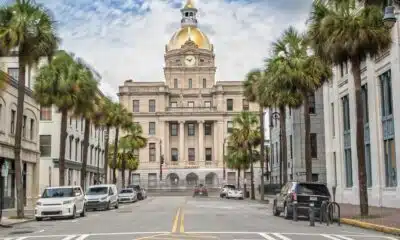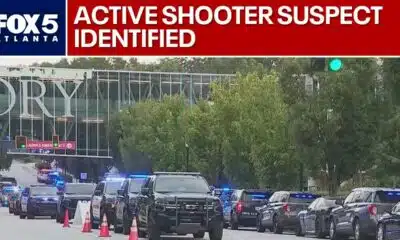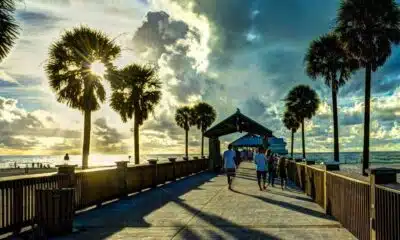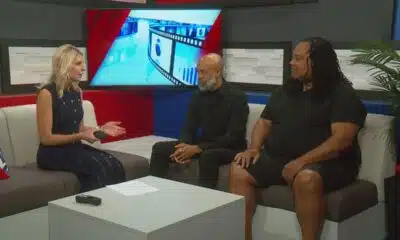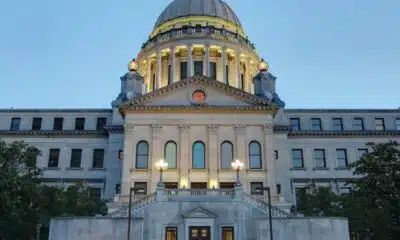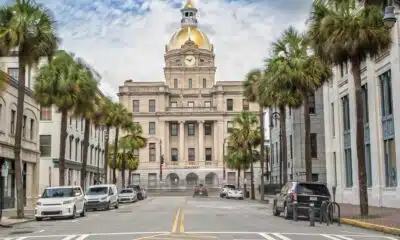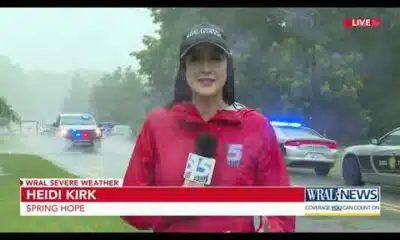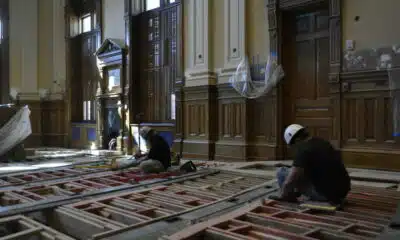(The Center Square) – A bill aimed at removing a 2007 tax break from wind energy producers has legislators at odds over the supremacy of coal in West Virginia’s economy.
Senate Bill 439 would clarify that “wind power projects are not pollution control facilities,” which are taxed at salvage value. The clarification would subject them to real property taxes.
Supporters of the bill say the change would add millions in tax revenue to the state and take away an unfair advantage over the coal industry. Those who oppose it say the wind industry, which employs West Virginians and is an essential component of a clean-energy future, would suffer a huge blow.
“We’re getting ready to pull the rug out from underneath one company that is in my district — 2,200 people — a significant energy change within their business structure,” said Sen. Glenn Jeffries, R-Putnam.
He and other opponents argue for what they call an “all energy” policy, encouraging the incentivization of all energy production, including coal, rather than disincentivizing wind power production.
The bill’s sponsor and chair of the Senate Energy, Industry, and Mining committee Sen. Chris Rose, R-Monongalia, said the wind industry profits “at the expense of our hardworking coal and natural gas industries,” which he called “a slap in the face to the men and women who have powered this state for generations, digging coal and drilling gas to keep America running.”
“It’s time we put West Virginia’s energy backbone – our fossil fuel workers and communities – first,” said Rose. “These industries don’t just provide jobs; they sustain entire communities, fund our schools, and keep our lights on.”
For the bill’s sponsors, it’s about more than just jobs. Its passage would signal alignment with the Trump administration and shifting energy policies at the national level. They warn that the benefits of investing in the wind industry are short-lived as federal subsidies and clean-energy initiatives disappear.
“Under President Trump’s leadership, the federal government is once again prioritizing American energy independence, cutting red tape, and empowering states to harness their natural resources,” said Rose. “SB 439 is West Virginia’s way of stepping up to the plate.”
West Virginia Metro News reported on a memo from the state’s Chamber of Commerce arguing against the bill. The Chamber asserted that the shift would send the wrong message about their state both nationally and globally.
“Over the past several years our state has secured some major economic development projects that will provide a better livelihood to our citizens and propel us towards the goal of being a better place to live, work and raise a family,” wrote the Chamber.
“Those developments came, however, because of commitments that we as a state made. Legislation like SB 439 will send a loud and clear message that West Virginia cannot be trusted to uphold ‘its end of the deal.’ That is why we are urging no further action on this bill.”
The bill passed from the Senate committee on Energy, Industry, and Mining and currently awaits consideration by the Finance committee.







